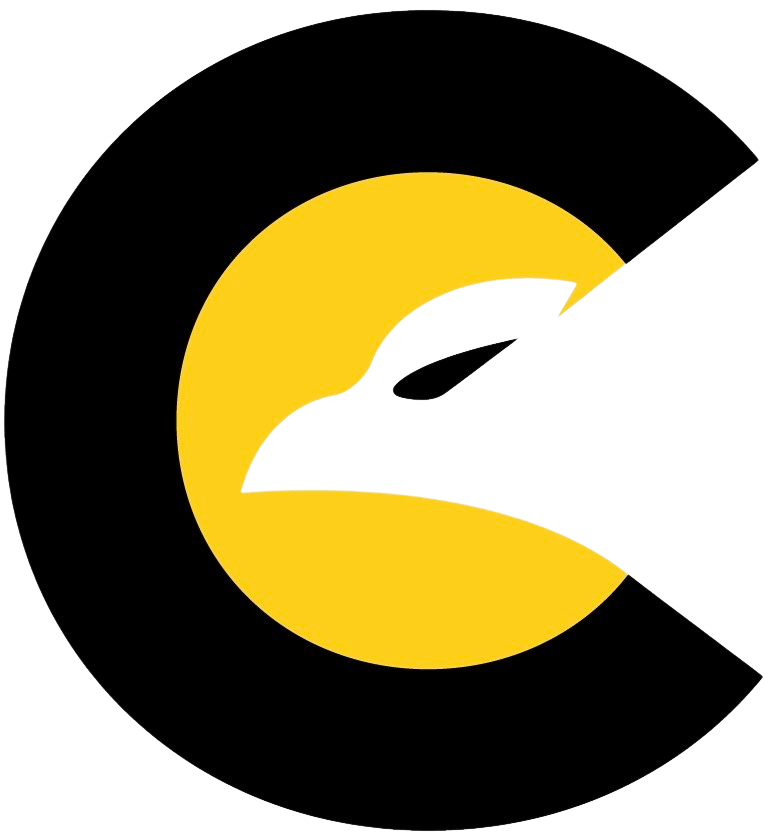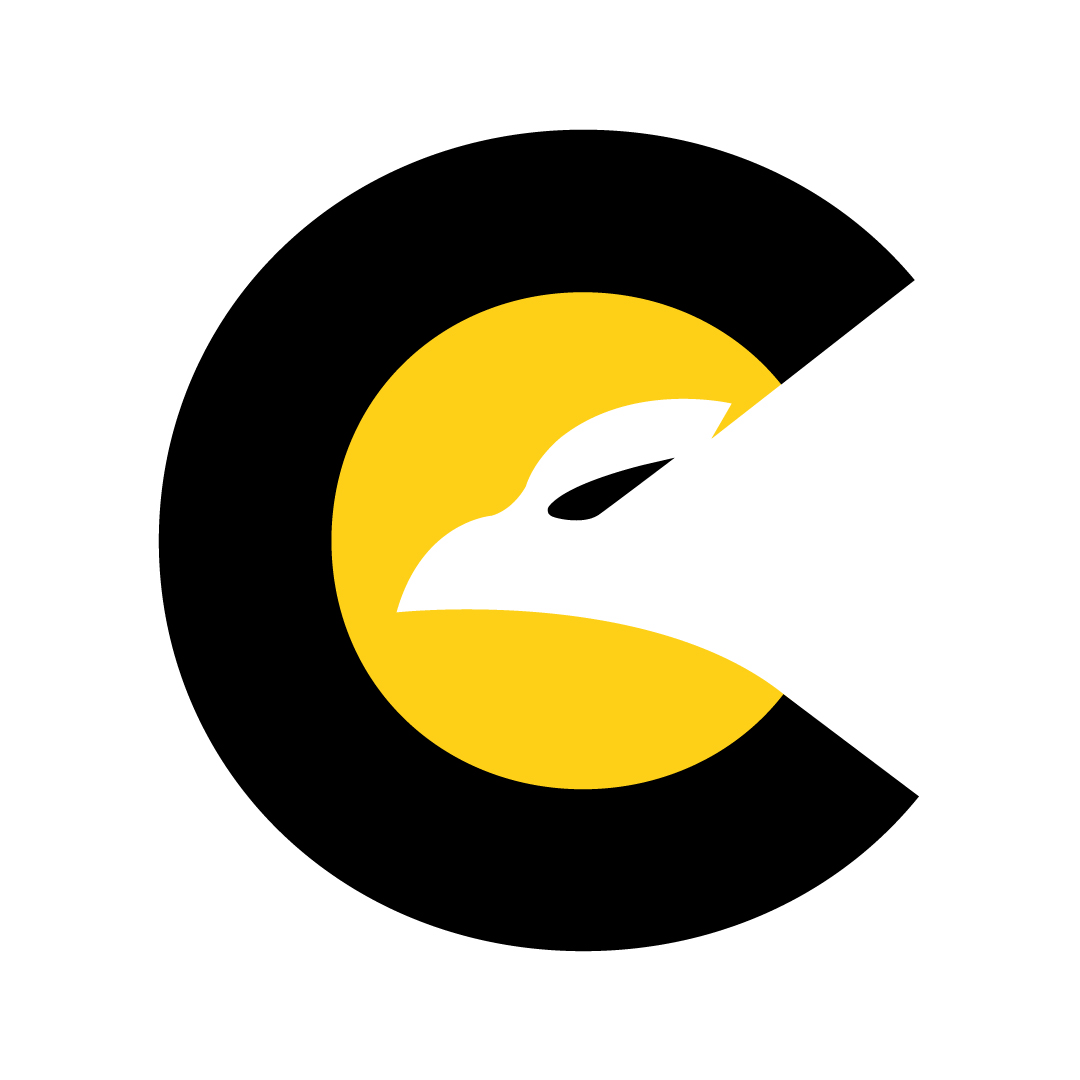Blasting Media
Choosing the right abrasive:
Choosing the right abrasive for sandblasting can be challenging due to the variety of options available. The type of abrasive you select is crucial for ensuring efficiency, conserving media, and protecting the surfaces you're working on, whether you're removing paint, cleaning metal surfaces, or focusing on rust removal. This guide will cover the commonly used abrasive materials and their specific applications.
You can use:
- Quartz Sand (Read Silica Sand Warning)
- Sodium Bicarbonate (Baking Soda)
- Aluminium Oxide
- Crushed Glass
- Glass Beads
- Steel Grit
- Steel Shot
- Plastic Bead Media
- Walnut Shells
- Corn Cob
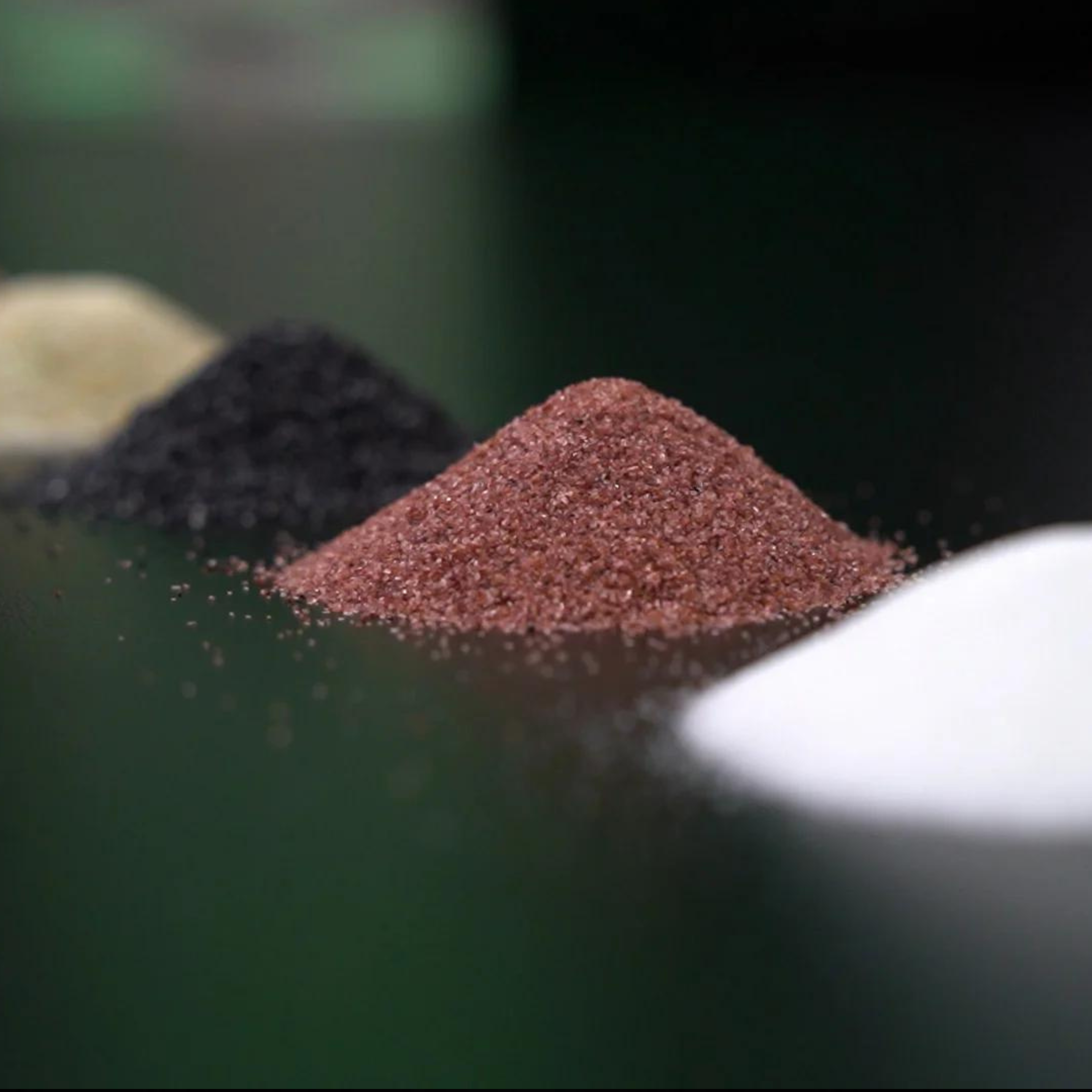
ABRASIVE SHAPE, DENSITY, AND HARDNESS
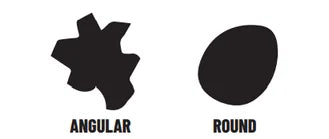
Abrasive Shape
There are primarily two categories of abrasive shapes: angular and round.
Angular media features irregular edges that result in a textured surface on the blasted substrate. This textured or anchored surface is well-suited for paint or finishes. On the other hand, round-shaped abrasives have smooth edges and do not produce a rough texture on the blasted surface. When the objective of blasting is to polish a surface without introducing texture, a smooth shape achieves the desired profile.
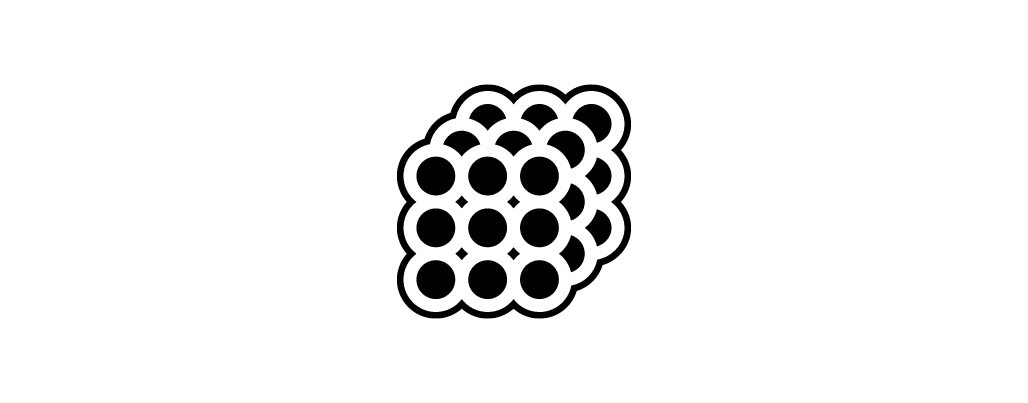
Density
Understanding density is crucial as it aids in selecting the appropriate abrasive for a given task. Abrasive media can vary in density, with some being more dense than others. Density is measured in pounds per cubic foot, so an abrasive with a bulk density of 75 lb/ft³ is less dense than one with a density of 145 lb/ft³. Generally, the higher the bulk density, the greater the impact the abrasive will have on the blasted surface.
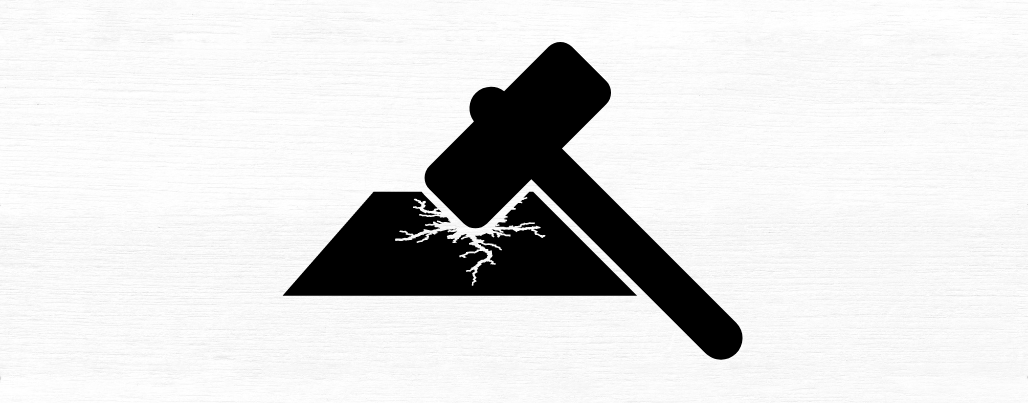
Hardness
Hardness - The abrasiveness increases with hardness: the harder the abrasive, the more aggressive it becomes.
Τhe hardness of an abrasive is an important consideration. In general, a harder abrasive will have a greater impact on the surface profile compared to a softer one. Softer media, such as organic materials and plastics, are suitable for removing dirt, oil, grease, and paint without causing damage.
Analysis of the Media
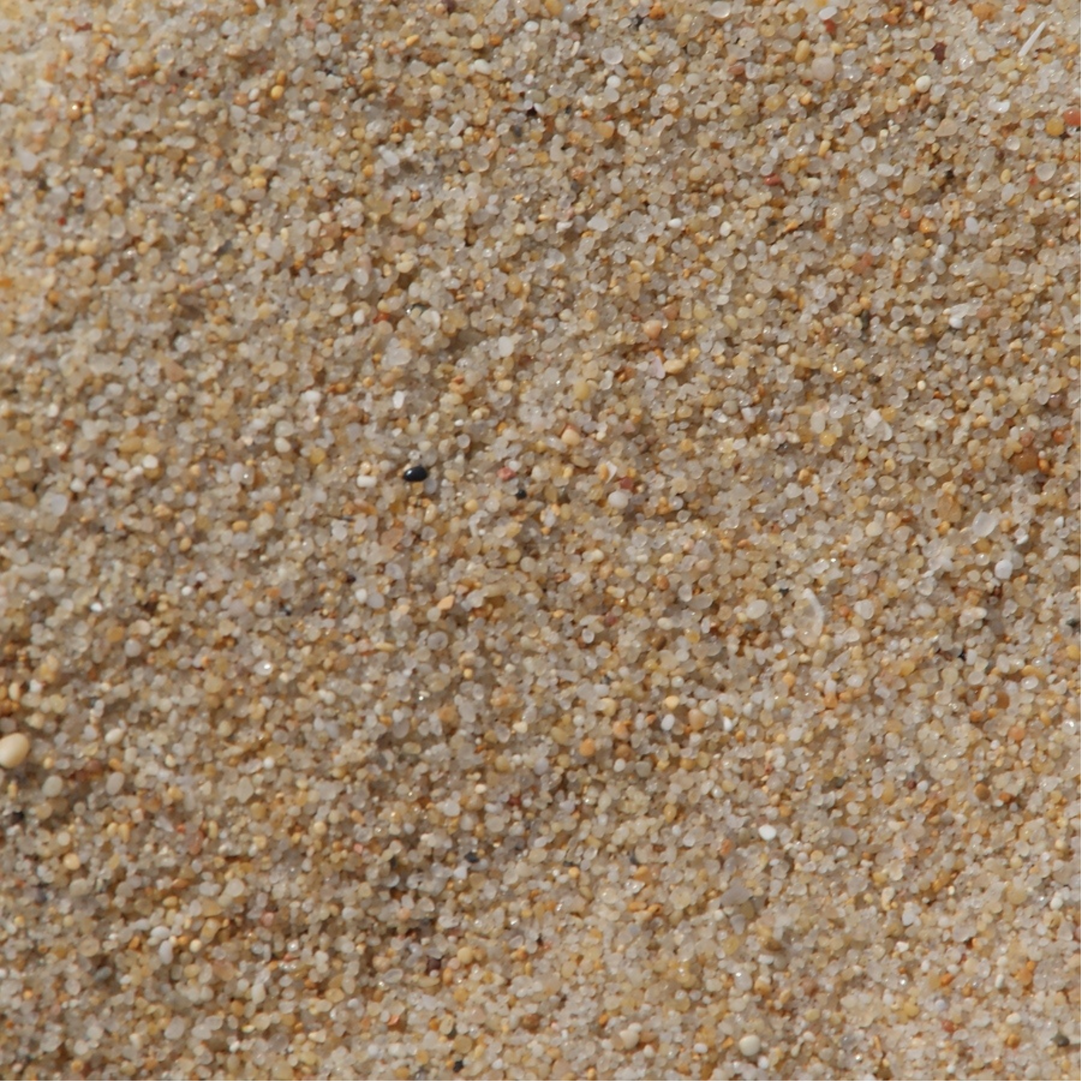
Quartz sand
Quartz sand is a versatile abrasive used in various sandblasting applications.Known for its hardness and sharp edges, quartz sand is suitable for removing rust, paint, and heavy coatings from robust surfaces like metal and concrete. It is essential to use proper safety measures due to the potential health hazards of silica dust. Read Silica Sand Warning Here!
Properties and Applications of Quartz Sand:
- Bulk Density: 100 lb/ft³
- Hardness: 7 (on the Mohs scale)
- Surface Profile: Moderate etch
- Surface Removal: Moderate to high
- Velocity: High
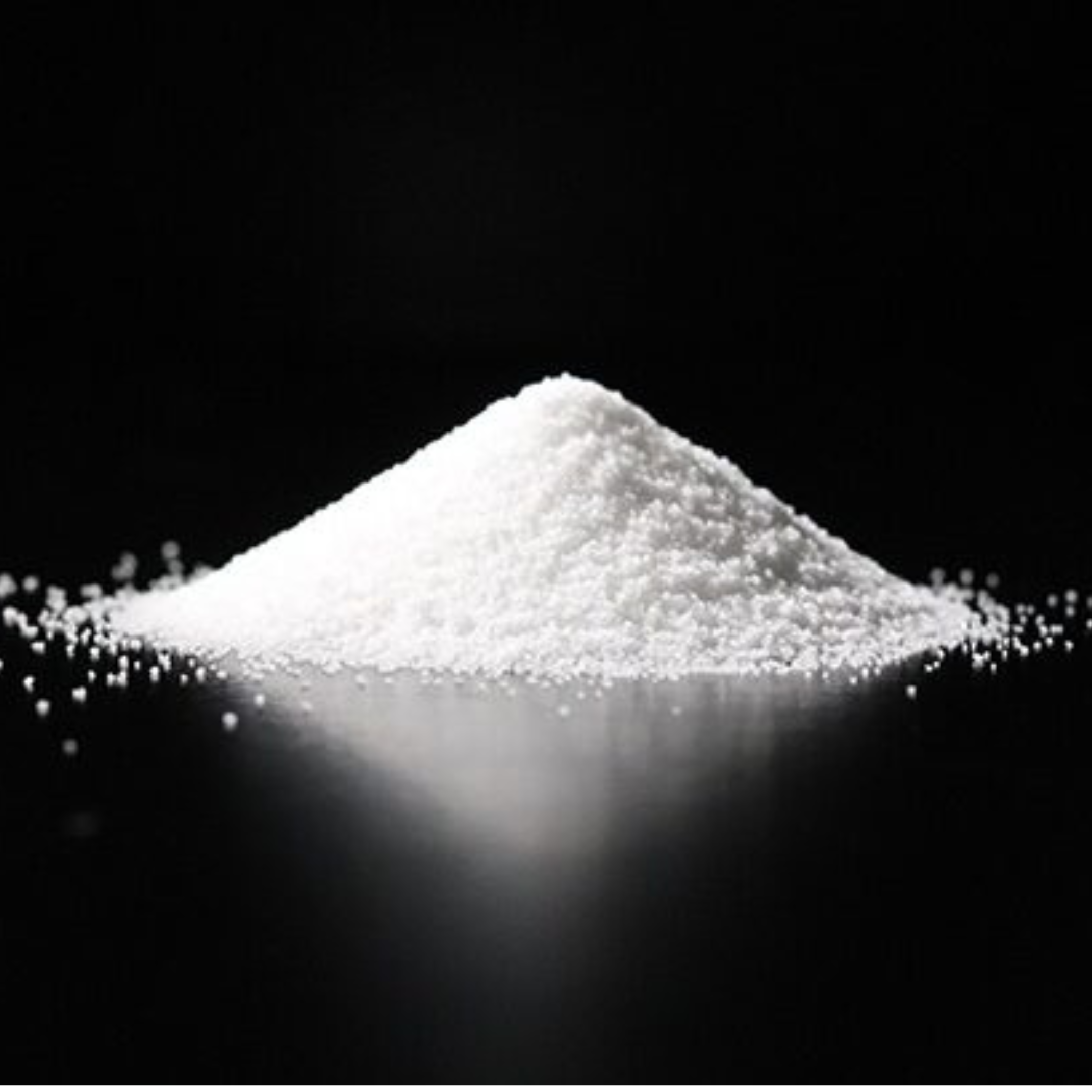
Sodium bicarbonate
Sodium bicarbonate is a gentle abrasive that is safe for delicate surfaces. With a MOHS hardness rating of 2.5, it doesn't create an unwanted surface profile, ensuring your substrate remains pristine and smooth without any embedded residue. Soda blasting is particularly effective for cleaning and fire restoration projects, as sodium bicarbonate efficiently neutralizes and removes lingering burnt odors after a fire.
Properties and Applications of Sodium Bicarbonate:
- Bulk Density: 61 lb/ft³
- Hardness: 2.5 (on the Mohs scale)
- Surface Profile: No etch
- Surface Removal: No
- Velocity: Slow
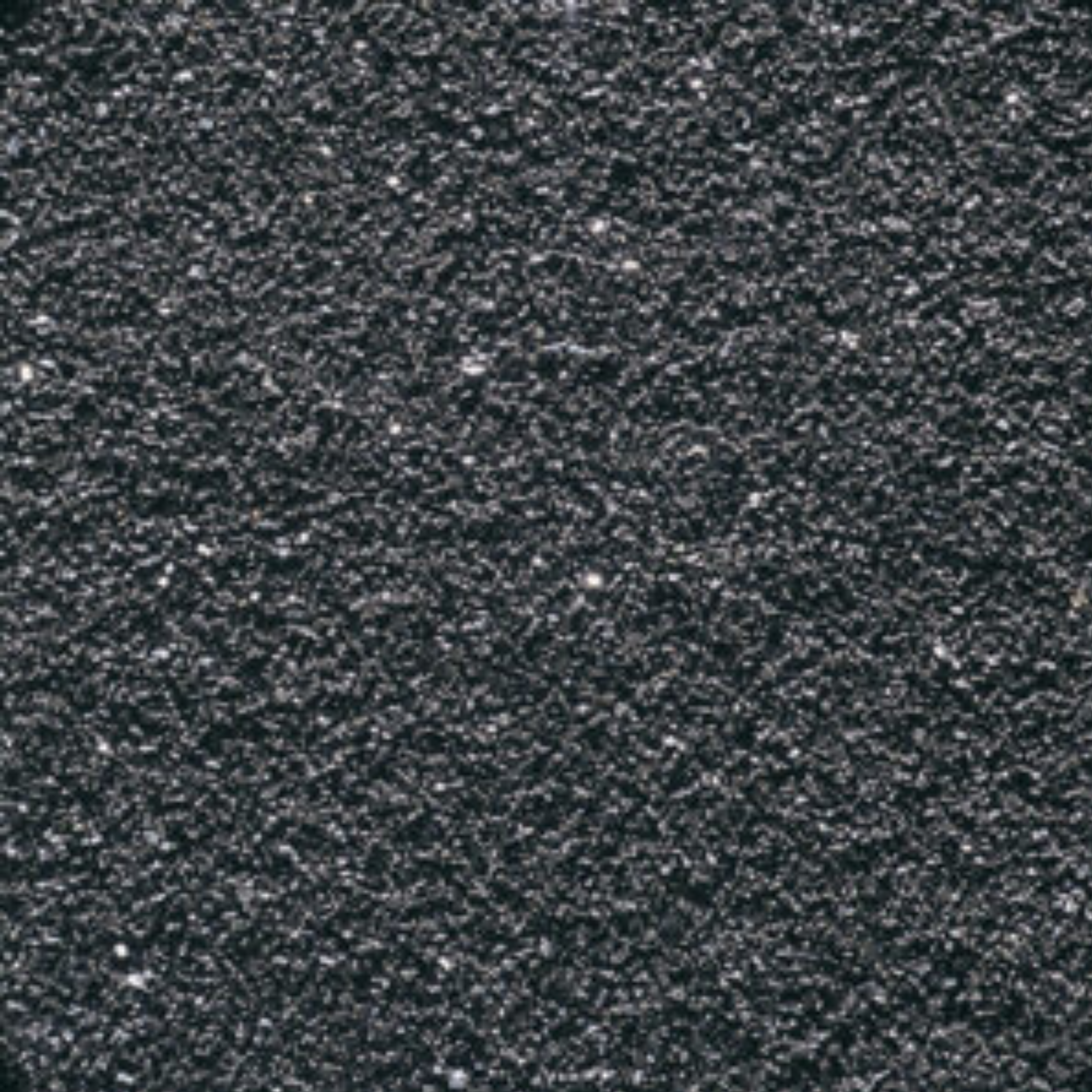
Aluminum oxide
Aluminum oxide is a durable, sharp abrasive ideal for rapid glass etching and surface profiling. This blast media is perfect for industrial tasks like cleaning turbine blades and engine parts. Its fast-cutting capability makes it highly effective for removing tough debris from metal surfaces and is commonly used in anti-skid applications.
Properties and Applications of Aluminum Oxide:
- Bulk Density: 110 lb/ft³
- Hardness: 8-9 (on the Mohs scale)
- Surface Profile: High etch
- Surface Removal: Yes
- Velocity: Fast
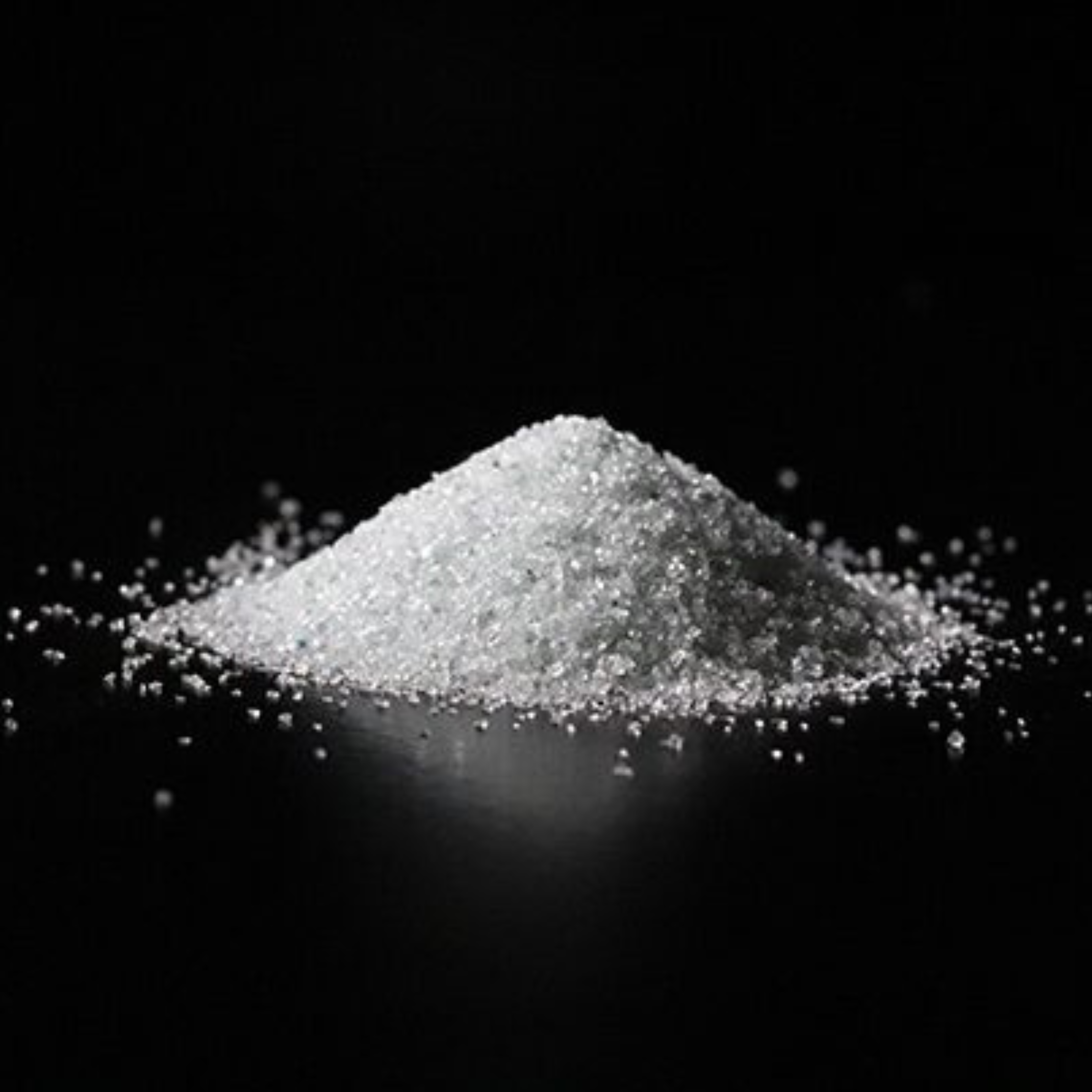
Crushed glass
Crushed glass blast media, made entirely from recycled glass and free of crystalline silica, is an effective abrasive with an angular profile. It's excellent for removing various coatings from diverse surfaces, delivering a cleaner finish than most slags while being very cost-effective.
Properties and Applications of Crushed Glass:
- Bulk Density: 100 lb/ft³
- Hardness: 5-6 (on the Mohs scale)
- Surface Profile: Medium-high etch
- Surface Removal: Slight
- Velocity: Fast
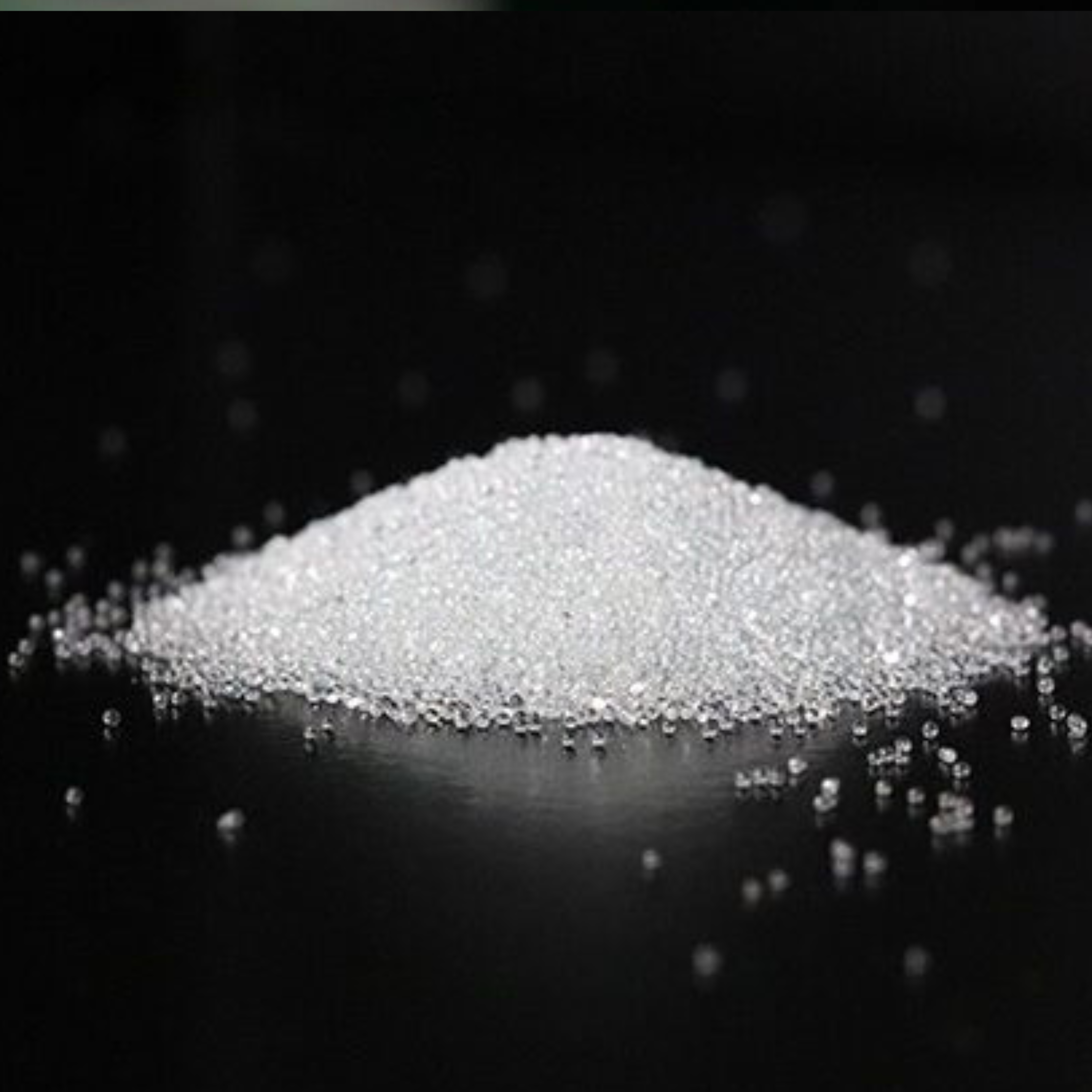
Glass beads
Glass beads are ideal for general cleaning, peening, and cosmetic finishing of delicate surfaces. They are effective for brightening grout, removing calcium deposits from tiles, and polishing materials like cast iron, stainless steel, aluminum, propellers, and turbine blades. The round, soda-like glass beads create a bright, satin finish.
Properties and Applications of Glass Beads:
- Bulk Density: 95 lb/ft³
- Hardness: 5-6 (on the Mohs scale)
- Surface Profile: No etch
- Surface Removal: Slight
- Velocity: Medium fast

Steel grit
Steel grit, an angular abrasive, is employed for rapid stripping and vigorous cleaning tasks. This blast media serves as an excellent choice for removing dirt, rust, mill scale, or paint from metal surfaces.
Properties and Applications of Steel Grit:
- Bulk Density: 260 lb/ft³
- Hardness: 40-65 HRC
- Surface Profile: High etch
- Surface Removal: Moderate
- Velocity: Medium fast
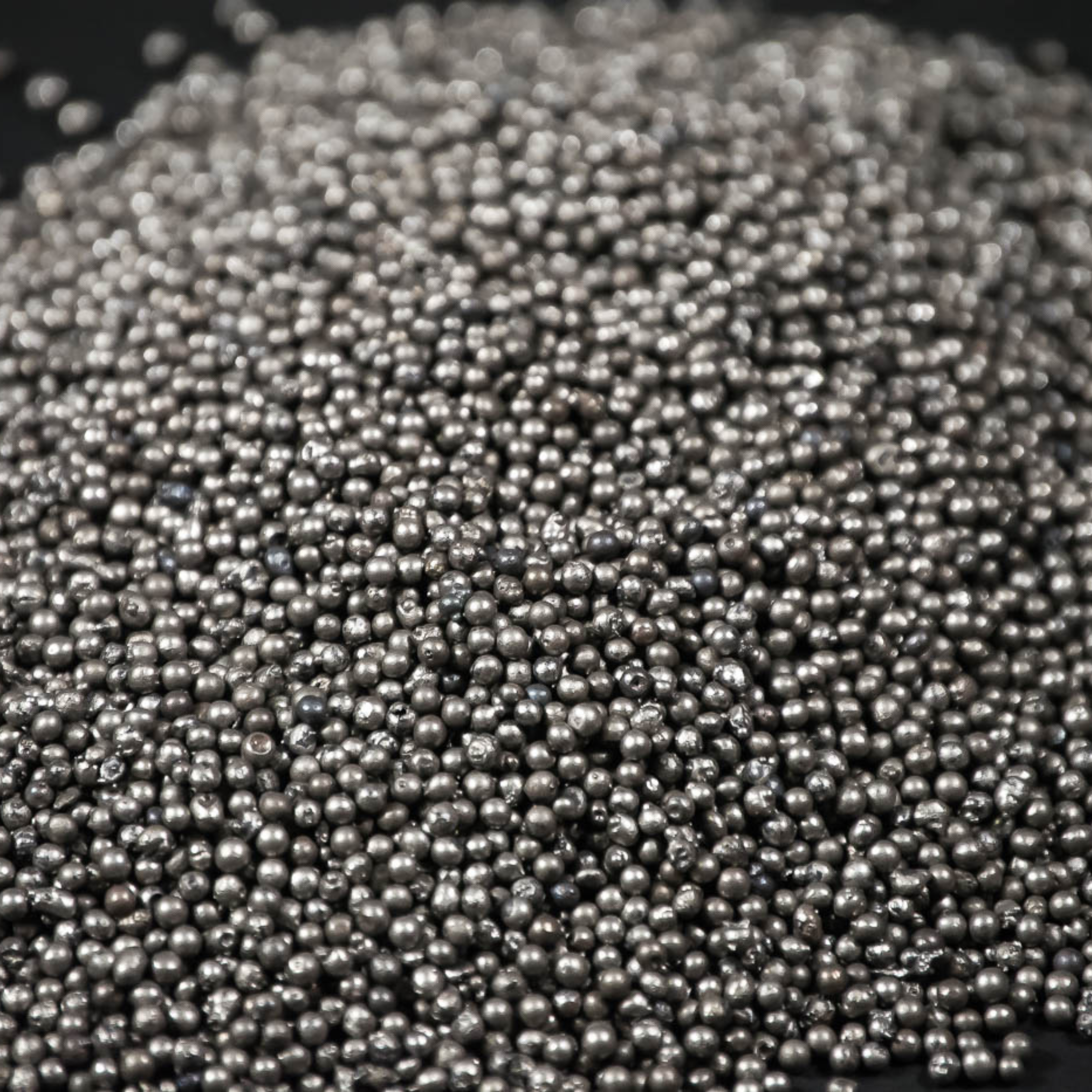
Steel shot
Steel shot blast media is extensively utilized for cleaning, polishing, peening, and descaling purposes. This abrasive, with its spherical shape, produces a smooth texture on the surface of the substrate.
Properties and Applications of Steel Shot:
- Bulk Density: 230 lb/ft³
- Hardness: 40-51 HRC
- Surface Profile: No etch
- Surface Removal: No
- Velocity: Medium
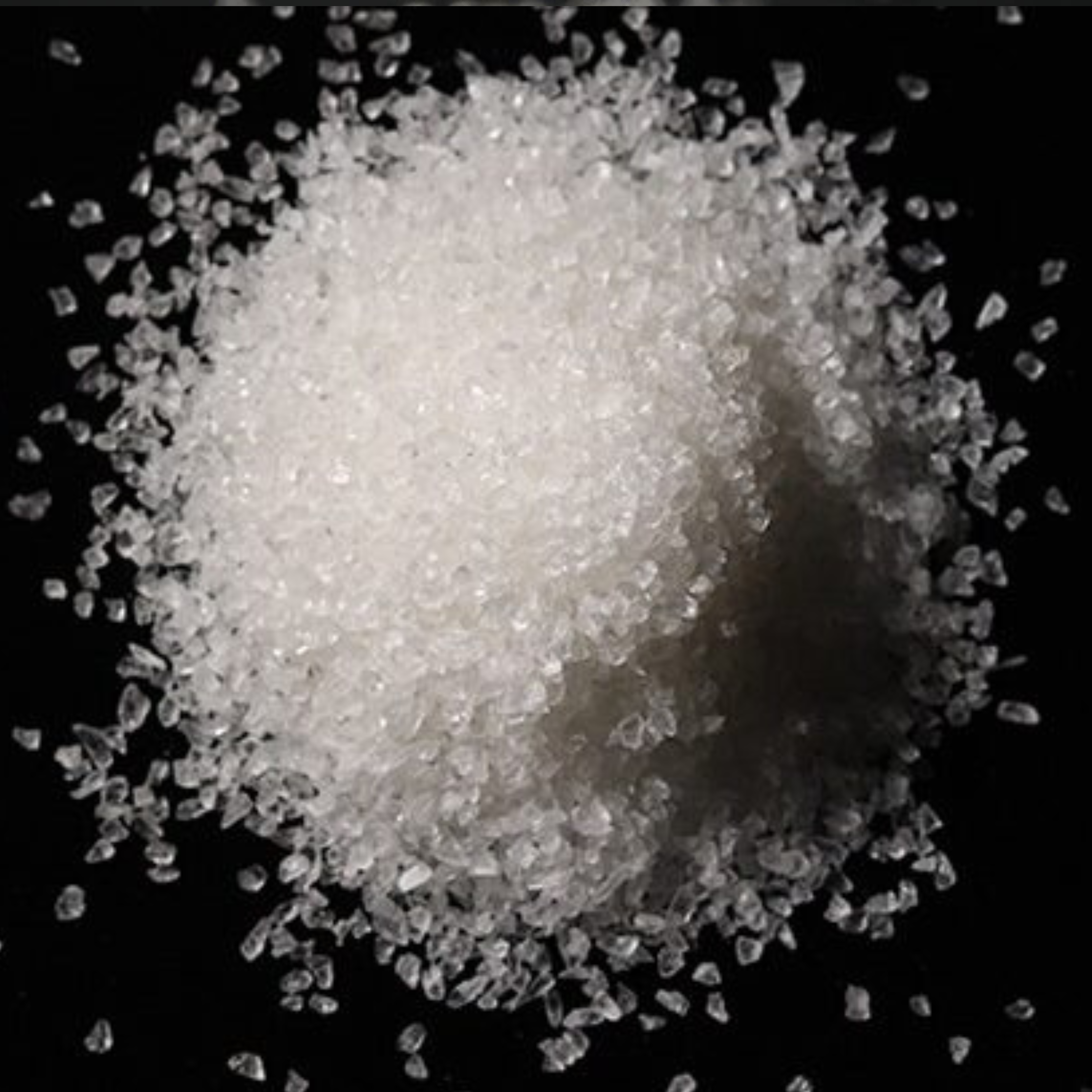
Plastic bead media
Plastic bead media is frequently chosen for various automotive and aerospace applications due to its gentle nature. It effectively removes paint and mold from delicate surfaces without causing any damage. As a preferred alternative to chemical stripping, it offers a safer method, significantly reducing hazards associated with the process.
Properties and Applications of Plastic Bead Media:
- Bulk Density: 50 lb/ft³
- Hardness: 3-4
- Surface Profile: No etch
- Surface Removal: Slight
- Velocity: Medium
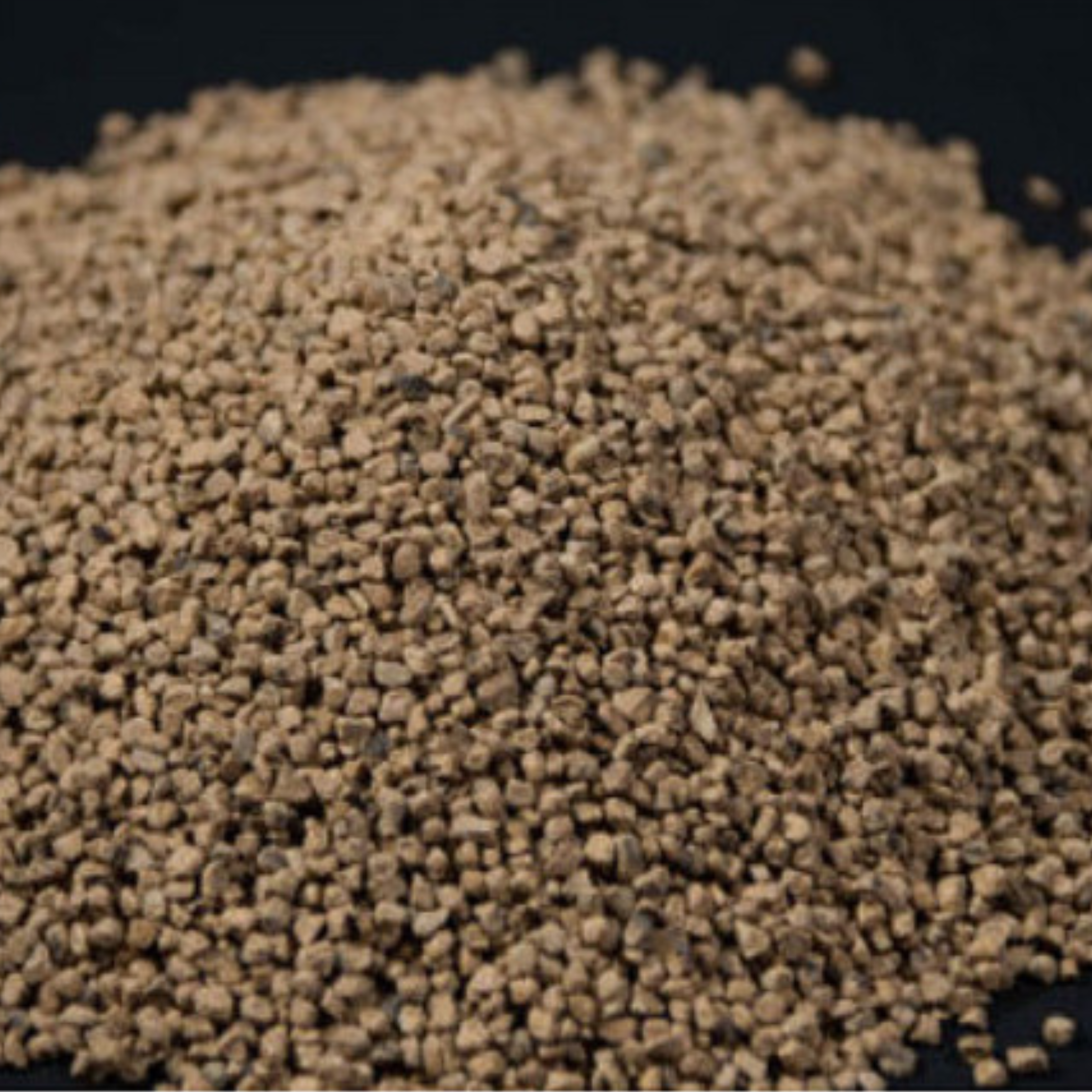
Walnut shells
Walnut shells serve as organic angular abrasives, providing a gentle yet effective stripping action without harming the surface being blasted. This blast media is advantageous for removing dirt, grease, oil, carbon, and paint without altering the underlying substrate.
Properties and Applications of Walnut Shell Abrasives:
- Bulk Density: 50 lb/ft³
- Hardness: 4.5-5
- Surface Profile: Low etch
- Surface Removal: Very slight
- Velocity: Medium slow
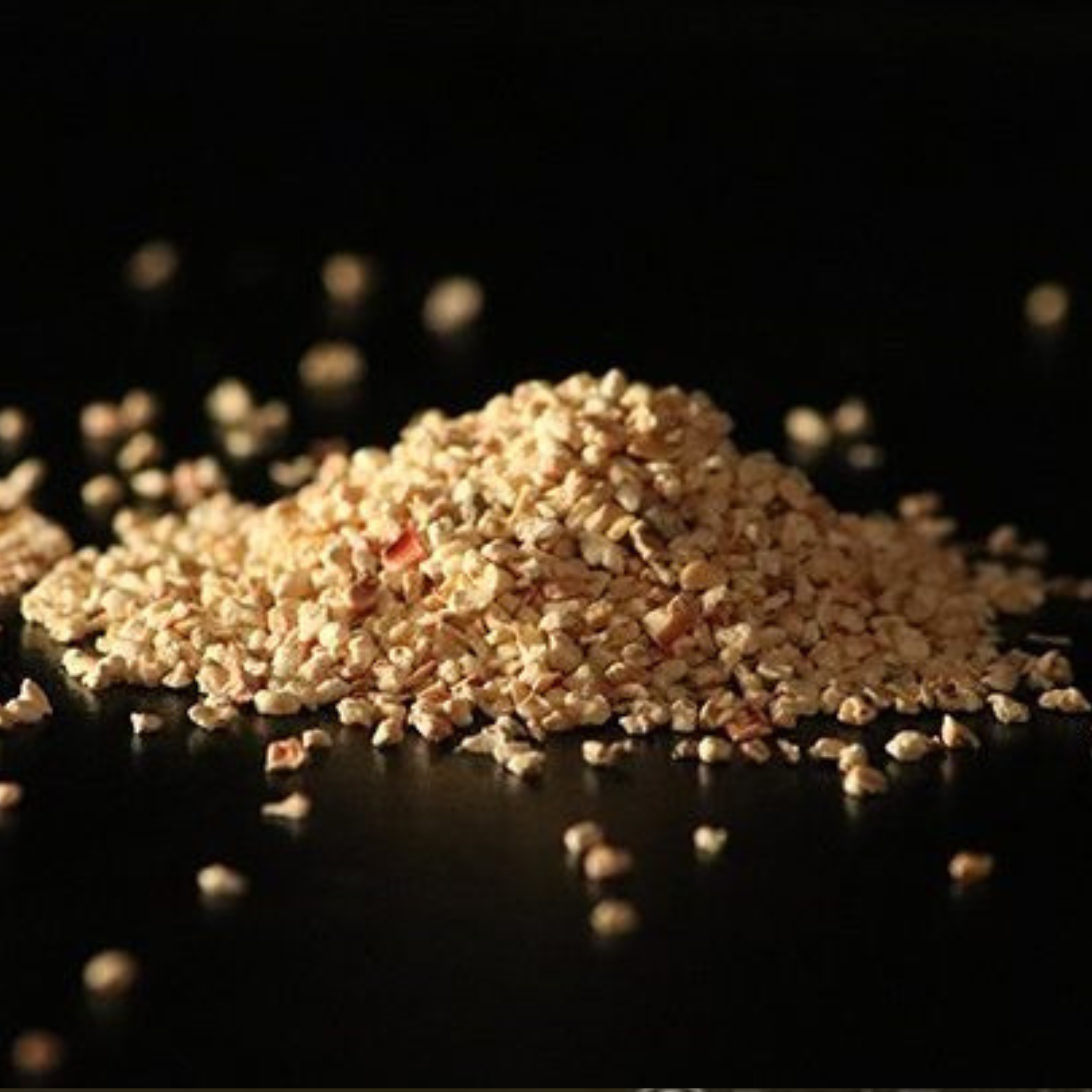
Corn cob
Corn cob media is created by crushing the woody portion of a corn cob into various sizes. This organic, gentle abrasive is well-suited for delicate surfaces such as wood.
Properties and Applications of Corn Cob Abrasives:
- Bulk Density: 40 lb/ft³
- Hardness: 4-4.5
- Surface Profile: No etch
- Surface Removal: No
- Velocity: Slow
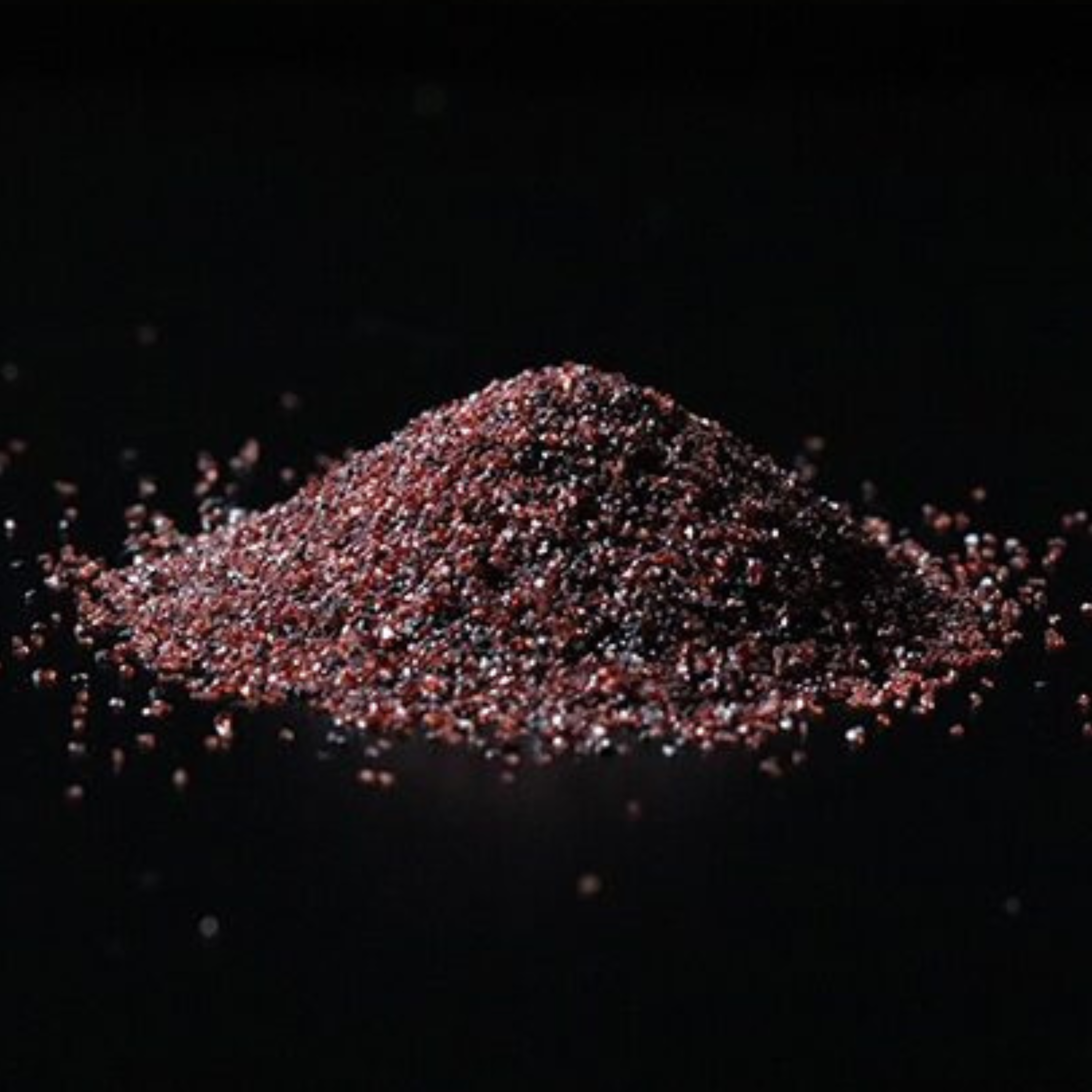
Garnet media
Garnet media is composed of angular particles known for their hardness and effectiveness in abrasive applications. This abrasive is widely used as a substitute for silica sand, particularly in tasks requiring rapid removal of tough coatings, paint, rust, and mill scale from steel.
- Bulk Density: 85 lb/ft³
- Hardness: 7.5-8.5
- Surface Profile: Very-high etch
- Surface Removal: Yes
- Velocity: Very fast
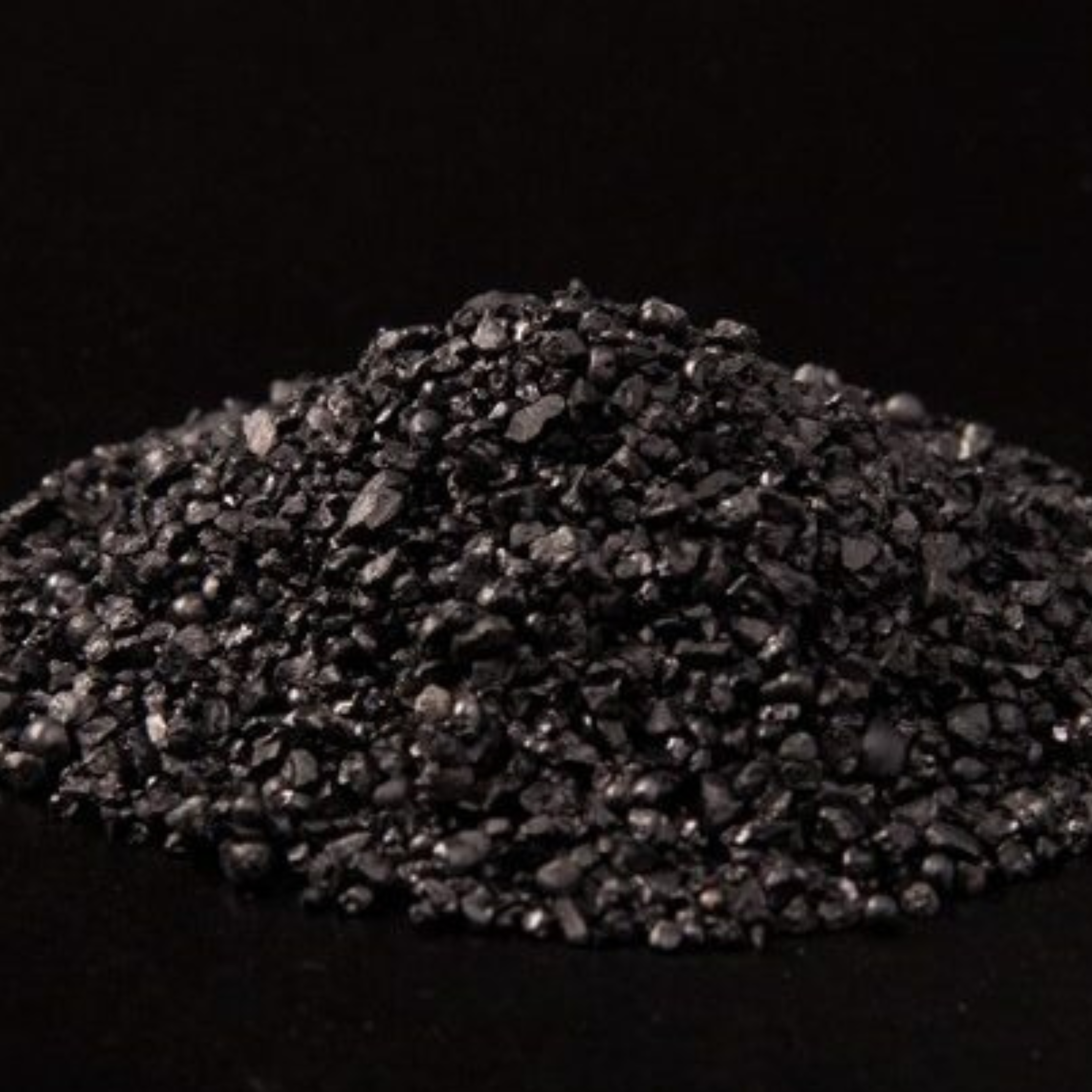
Coal slag
Coal slag is an angular blast media derived as a byproduct of coal. This abrasive is specifically employed for removing coatings such as rust and paint from both steel and concrete surfaces.
- Bulk Density: 85 lb/ft³
- Hardness: 6-7
- Surface Profile: High etch
- Surface Removal: Yes
- Velocity: Medium fast
